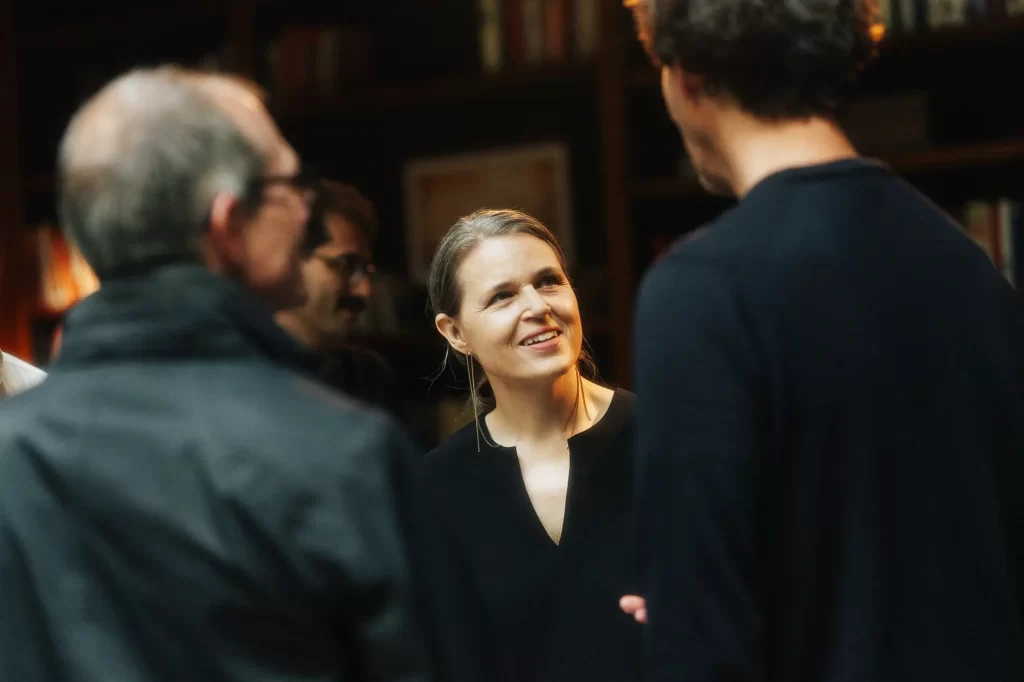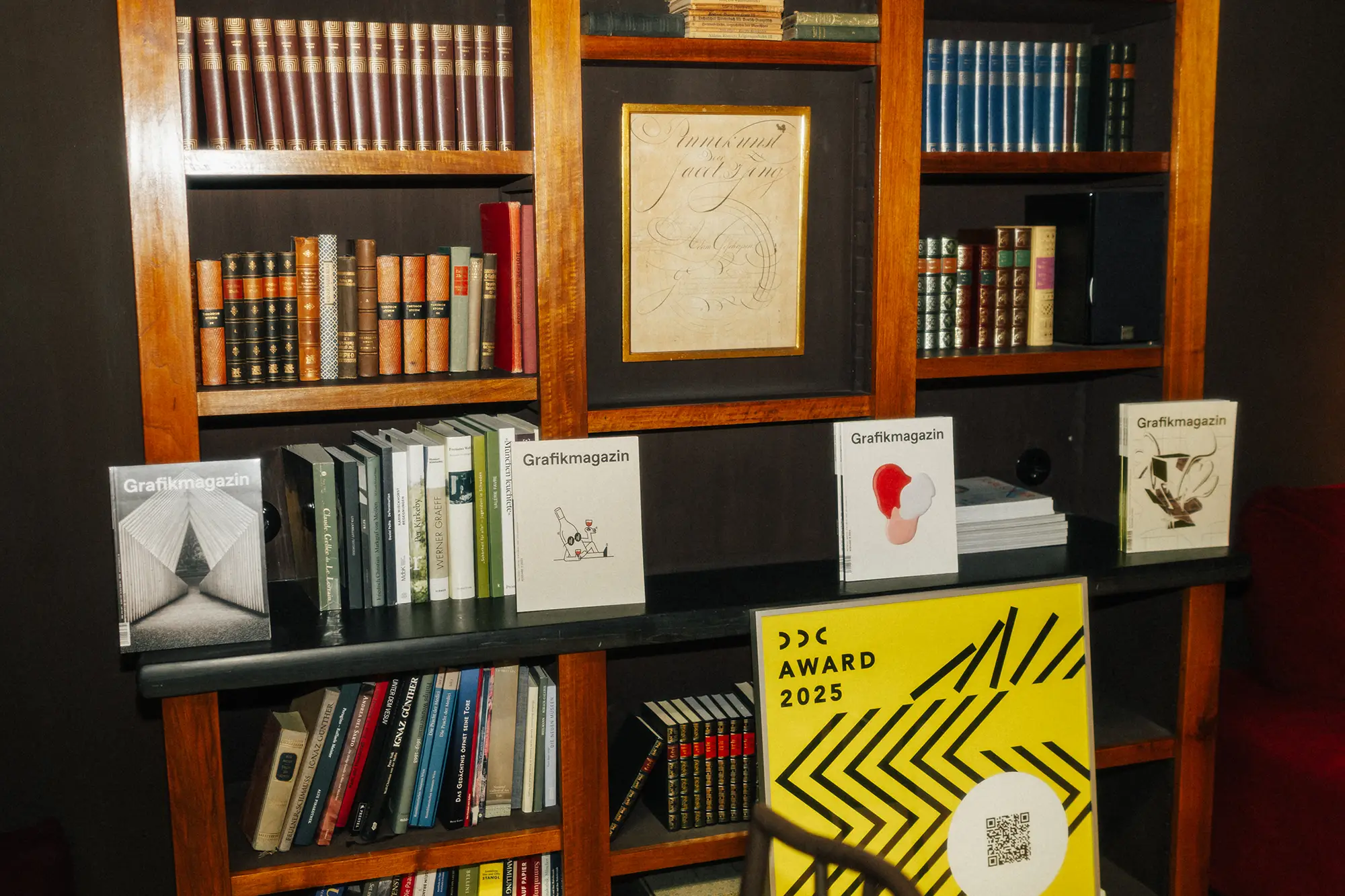As part of Various Others and the munich creative business week, the German Designer Club (DDC ) hosted a salon in Munich. Under the title "Cause and effect of design in an interdisciplinary context", designers, theorists and decision-makers discussed the role that design can - and must - play today in a time of ecological, social and economic challenges.
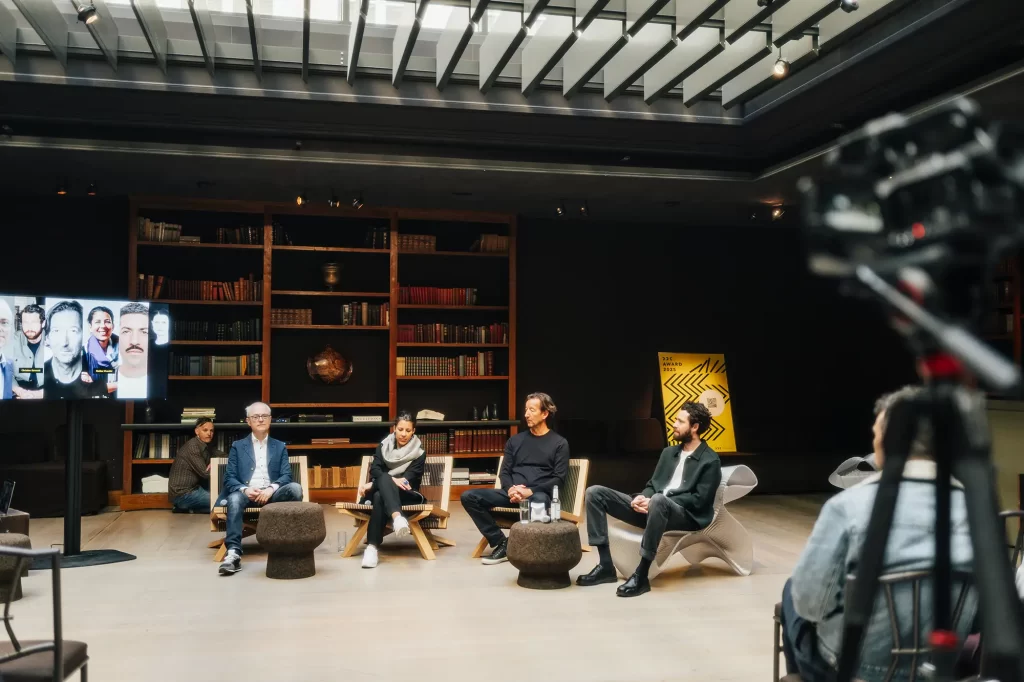
Design was never just beautiful. It has always been a tool, an attitude, a laboratory for the future. This is exactly what became clear this morning at the Bayerischer Hof, where an interdisciplinary panel discussed responsibility, visions and scope for design. "Design is always in crisis," said design theorist Dr. Oliver Herwig, summing up the basic tension. The sentence is not cultural pessimism - but a realistic starting point. And, of course, a great potential - after all, design is always caught between aspiration and reality, between form and function, between hope and limits.
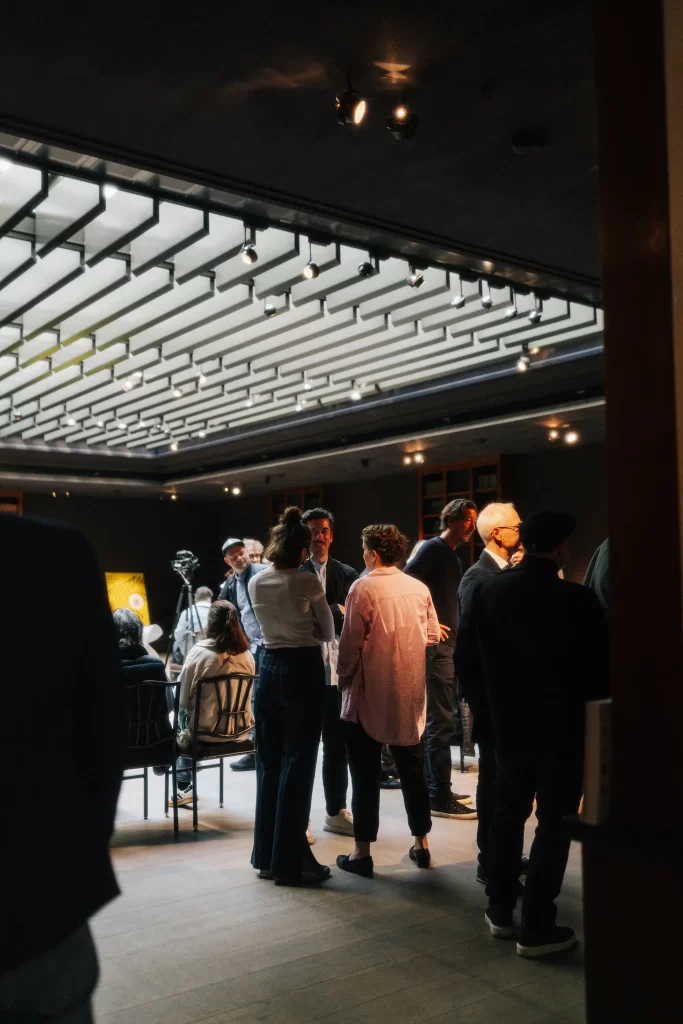
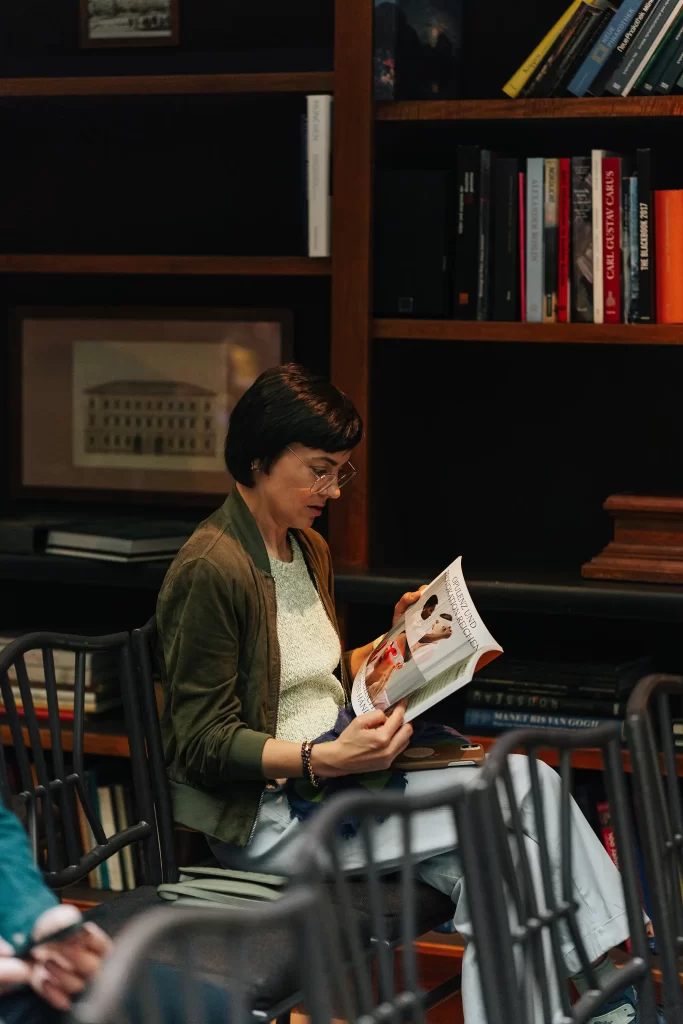
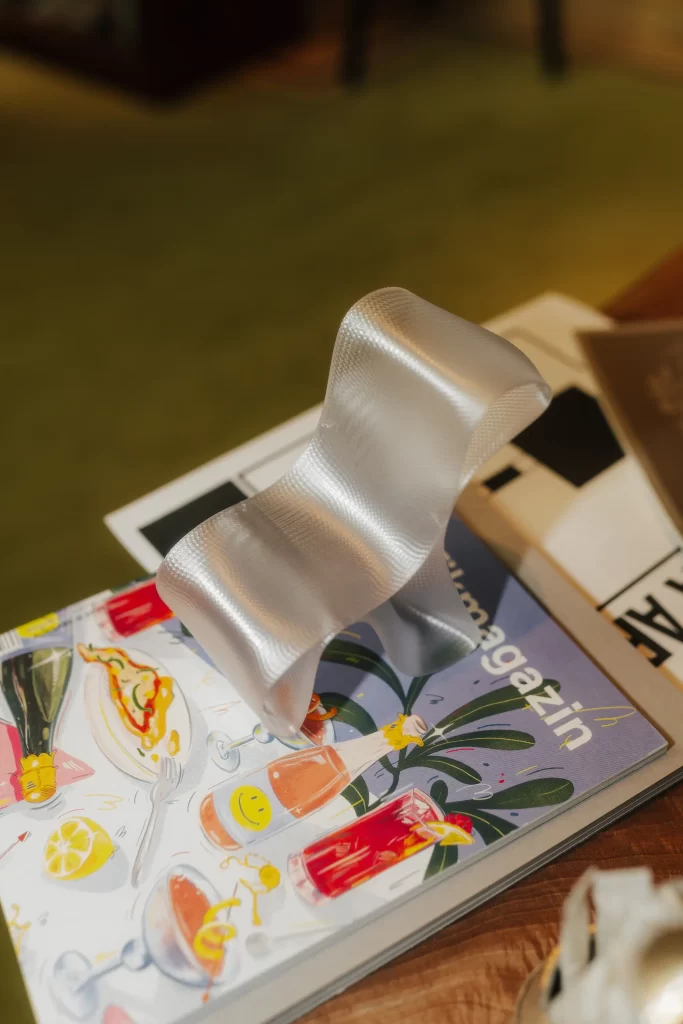
Design that connects
The ethics of permaculture - earth care, people care, limits of consumption and growth - were proposed as a possible compass for the future. Design that is committed to this community of values can build bridges: between economy and ecology, between individuality and society, between technology and humanity.
Nadine Vicentini, Managing Director of bayern design, responsible for the munich creative business week, formulated the claim as follows: "Technology should be at the service of humanity - design must find solutions for what makes us who we are."
This also involves a new self-image for the industry. Vicentini warned that designers have to explain or justify themselves too often. "Perhaps we need to approach the topic with a new self-image - about what we actually do in the wider context."

Design industry with attitude
Dara Sepehri, CEO of the DDC, emphasized: "Design is the third largest economic power - where are the points of contact? We need to take back the power of words over terms such as 'community of values'." Design, Sepehri continued, could be a form of democratic lobbying - visible, effective, responsible.
The "Ruffini Chair" project is one example of what this can look like in practice: a so-called communication chair that serves not only as an object, but also as a conversation starter. With a customizable surface and integrated wine cooler, the chair is designed to encourage discussion - both sensually and functionally.
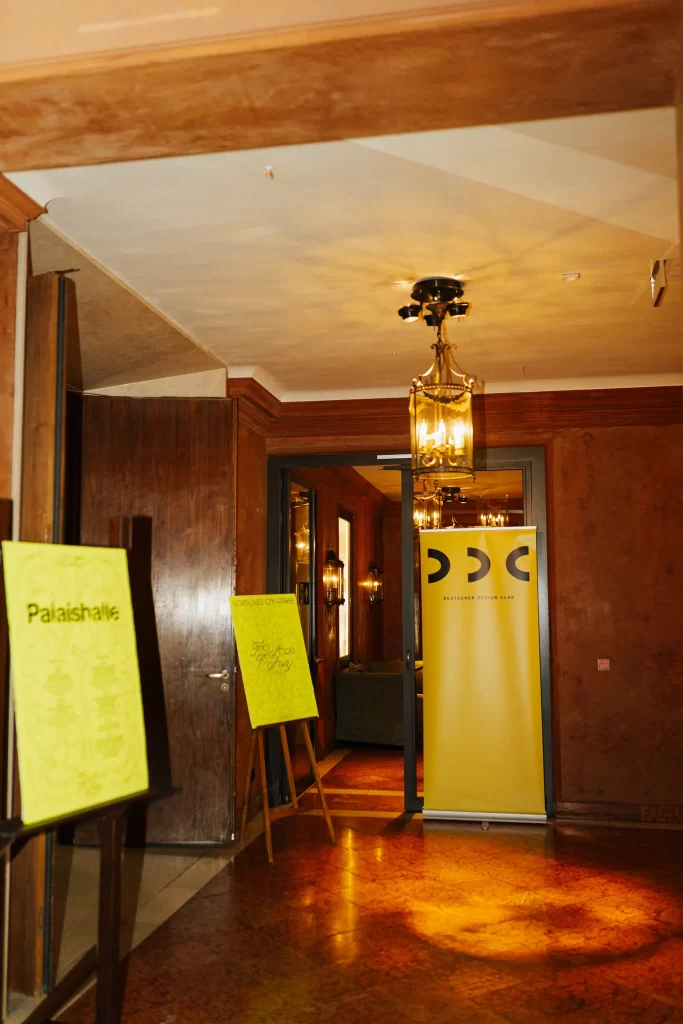
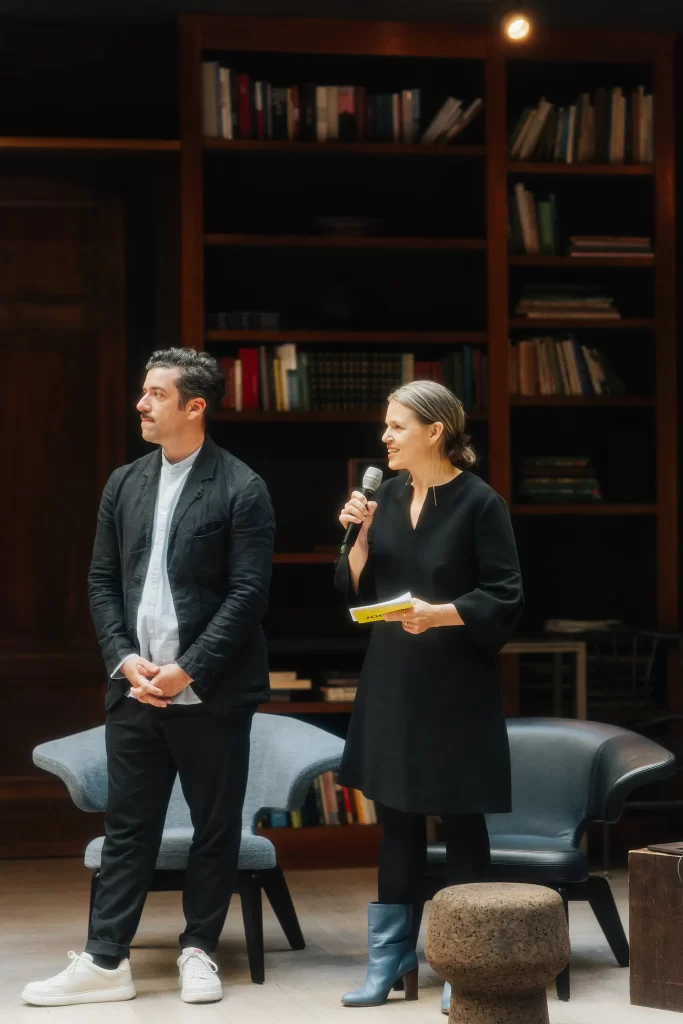
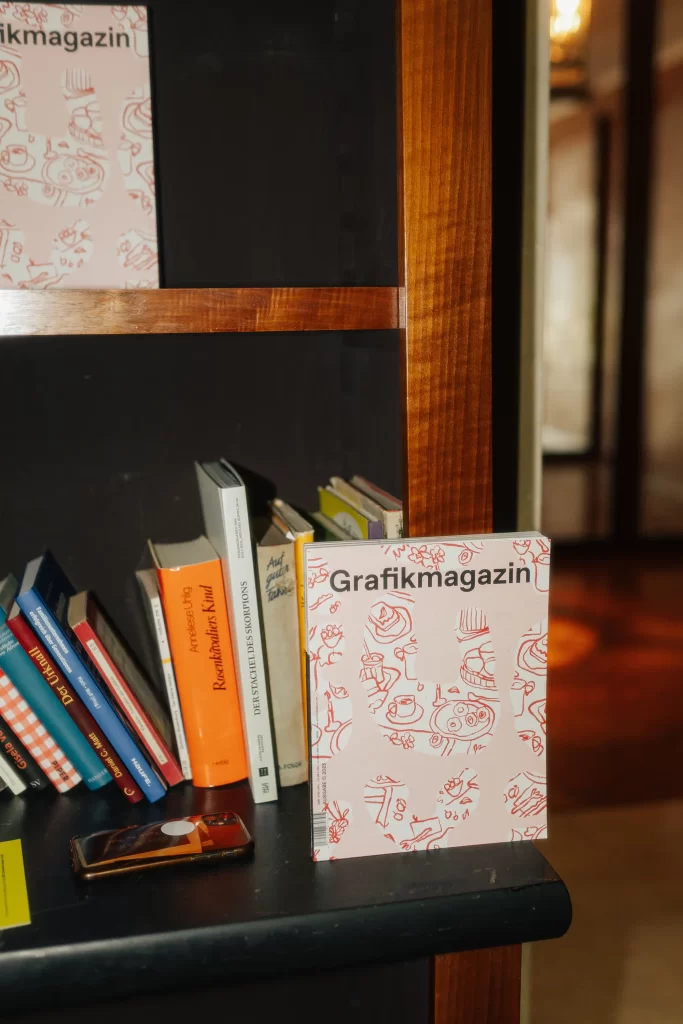
Design with uncertainty
Product designer Christian Zanzotti spoke openly about the challenges of choosing materials and the constant learning process: "Every project is a learning experience - we often don't know what to expect. Materiality is an incredible challenge."
Prof. Dr. Moritz Basil Mungenast, architect and future thinker, also spoke out in favor of a positive outlook: "Our time holds potential. As designers, we want optimism and not pessimism to gain the upper hand."
According to the unanimous opinion of the panel, diversity is not just an empty phrase, but a prerequisite for genuine resilience. Design can reflect this diversity - and make it usable.
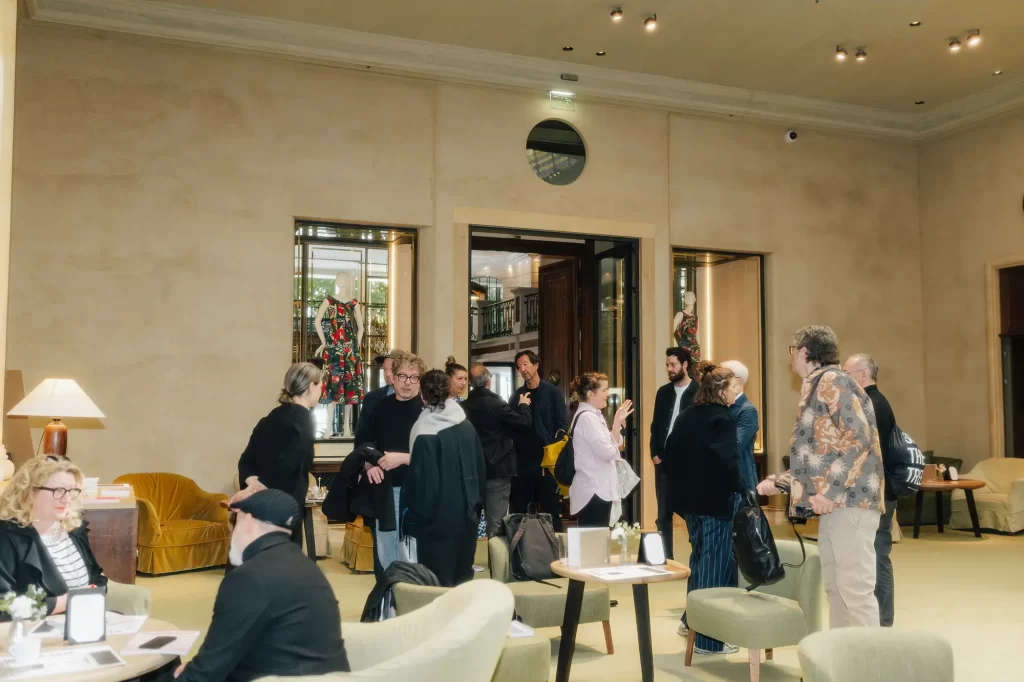
The DDC Salon Munich made it clear that design is not the answer to all crises - but it is certainly a tool for asking questions, opening up discourse and accompanying change. Perhaps this is one of the most important tasks today: creating spaces for understanding, responsibility and visions. Or, as Nadine Vicentini put it: "As bayern design, we want to strengthen design competence in companies." The morning salon was a strong plea for exactly that: to think of design not just as a profession - but as an attitude that has an impact.
All photos: © Nele Holland-Moritz
More about the work of the DDC
An overview of the munich creative business week program
All dates and the program of Various Others
